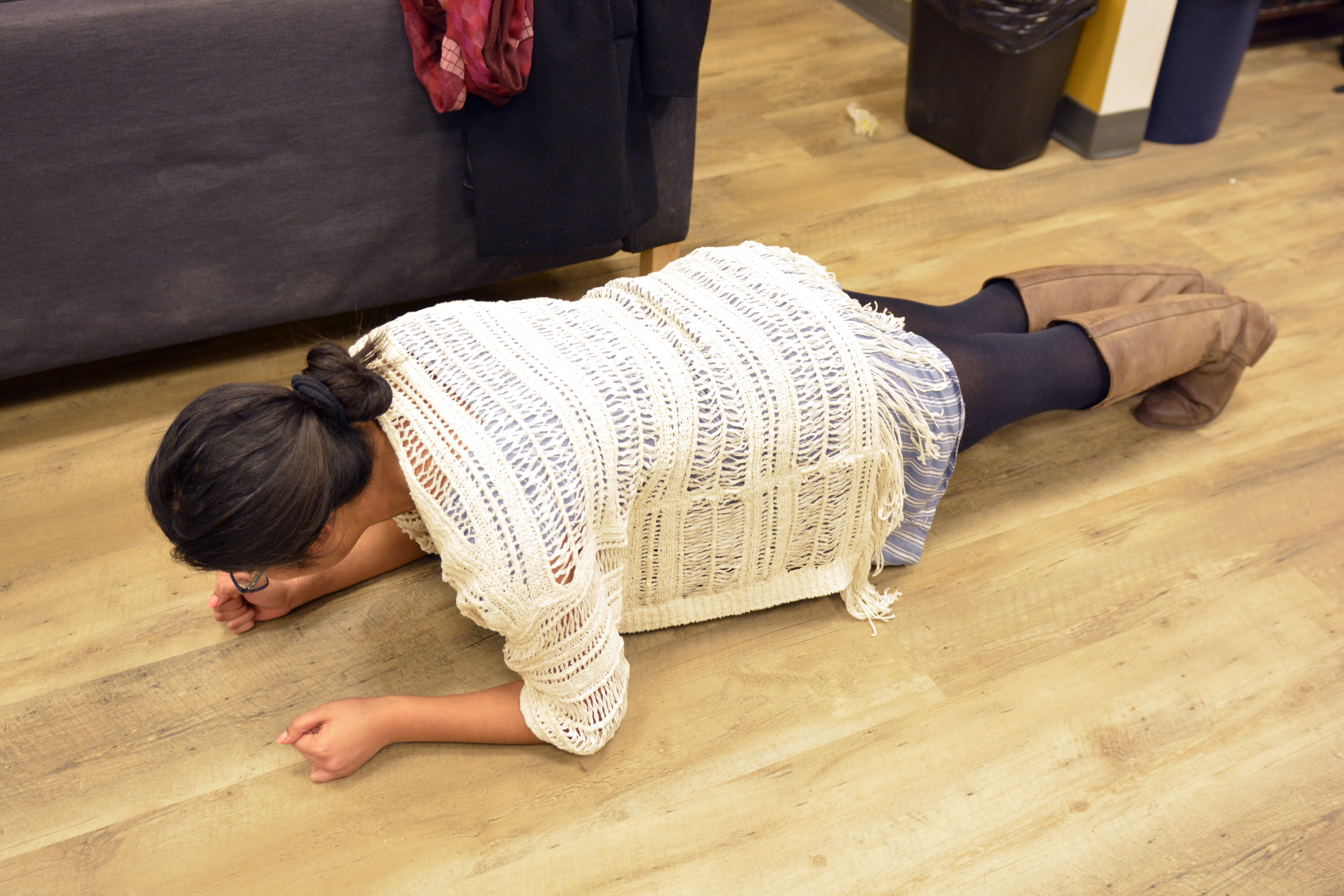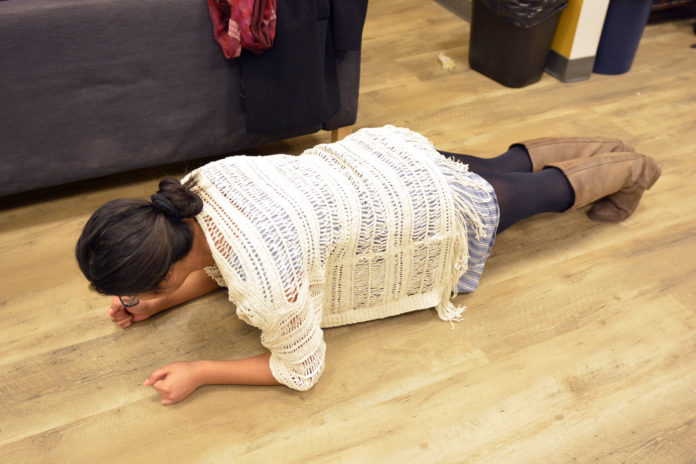
At-home exercise routines for core strength always include the plank, but new research is suggesting people hold it for too long.
The plank is a sturdy position in which a person holds themselves off the ground with their forearms and their toes, while holding a position resembling a piece of wood. Many routines have people holding this position for one to two minutes at a time. However, Dr. Stuart McGill says, there’s no scientific reason for holding a plank more than 10 seconds at a time.
McGill is a University of Waterloo professor emeritus within the Applied Health Sciences faculty. His speciality is biomechanics and his research focuses primarily on the spine.
Figuring out the perfect amount of time to hold a plank takes experiments, research, and collecting data he said.
“We measured loads on the back and the mechanics of doing the exercise,” McGill said.
The findings for the specific plank exercises weren’t planned.
“Originally, I was interested in finding exercises to help people with chronic back pain and we came up with various forms of exercises to enhance core stability and core fitness and it turned out the plank was a pretty good exercise,” he said.
That’s good news for anyone who suffers from back pain while trying to do core exercises, but worried about not being able to hold it for as long as recommended by some trainers.
A good core exercise that won’t cause back pain (when done correctly) McGill said is only 10 seconds.
“Hold the plank for ten seconds, then have a brief rest, and repeat. If you hold the exercise longer the muscles aren’t getting sufficient oxygen and may become acidic, which becomes a source of muscle cramps,” McGill said.
Doing exercises in repetitions (reps) is common in strength training exercises.
“If you’re training an athlete, then yes, hold it for longer than 10 seconds but, if you’re trying to reduce back pain or increase resilience cycle through 10 second holds.”
This planking discovery that Dr. McGill has discovered is only a small part of a much bigger picture.
In his book, Back Mechanic, which can be found at the Waterloo bookstore, McGill lays out the full scope of his research. It leads the reader through a self assessment of their pain triggers helping them avoid triggers, or how to work around them.
“I want to understand the mechanisms of back pain and create the very best rehabilitation approaches and restore pain free activity,” he said.






























